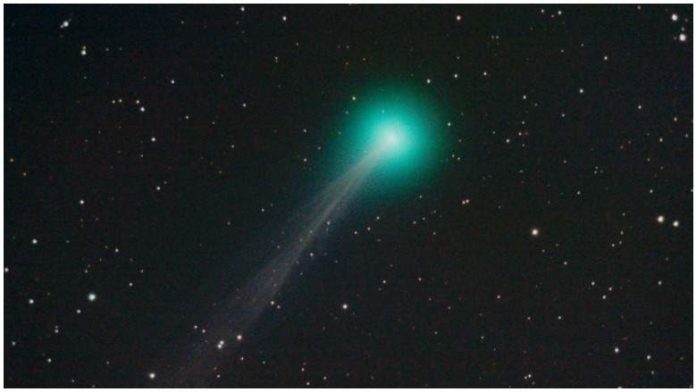Rise an hour before the Sun on Monday, look low on the northeast horizon, use binoculars, be patient.
That’s how you’ll see Comet SWAN—the probable “comet the year”—which is now visible from the northern hemisphere low in the northeast just as nautical dawn is beginning.
Monday, May 18, 2020 is probably the very best chance you’ll have to see it. However, if skies aren’t clear, the next few mornings after should also afford decent views before the fast-moving Comet SWAN disappears into the Sun’s glare.
It’s uncertain—and it only be a subtle sight—but at the time of writing it’s still the case that this week is the best time to see a comet from the northern hemisphere in years.
However, you do need to know exactly when, where and how to look because finding Comet SWAN—also known as C/2020 F8 (SWAN)—is not going to be easy for beginner stargazers.
Key dates for finding Comet SWAN
- Monday, May 18 (before sunrise): in the constellation of Perseus, Comet SWAN is likely to be at its brightest and most visible low to the northeast (about 10º above the horizon) just as nautical dawn is starting.
- Wednesday, May 20, 2020: Comet SWAN will be very close to the star Algol in Perseus in the pre-dawn sky.
- Tuesday, May 26: Comet SWAN reaches perihelion (the closest it gets to the Sun) and disappears in the Sun’s glare. The view then swaps from the pre-dawn morning to the post-sunset evening sky.
- Wednesday, June 3, 2020 (after sunset): if it’s still a going concern, Comet SWAN will pass close to Capella in Auriga in the post-sunset sky. So this is another key date to take a look.















